The world of online beauty can be incredibly overwhelming, given the number of new product launches, skincare hacks and tricks, and conflicting information we’re inundated with daily. We can all shamelessly admit that we’ve succumbed to a viral TikTok or Pinterest beauty hack or product. These trendy treatments are plentiful, but thankfully there are also a plethora of science buffs on the app who debunk many of these myths and often offer alternative skincare treatment solutions. One trend that most skin experts can agree is worth the hype: slugging.
The hashtag alone yields over 140 million views because everyone is after one thing: baby smooth, plump skin. Slugging is a simple practice that requires applying an occlusive like a natural facial balm or petrolatum (like Vaseline) to the face before bedtime. Skincare trends can be tricky to navigate, but the benefits of slugging make it worth a try.
What is slugging?
You likely haven’t used petroleum jelly on your face since your childhood. That's perfectly fine with me. Slugging is a simple technique of slathering on a heavy-duty occlusive like petroleum jelly as the last step of a nighttime routine. It gets messy, but slugging locks in moisture and the other products you’ve used in your nighttime routine. The slimy film resembles a slug. Hence the name “slugging”.
I'm not a fan of petroleum and mineral oils for the skin. Sure, they hold in moisture that your skin is already producing, but they sit on top of the skin and offer no nutritive or other benefits. At aos, we pack every formula with botanicals and natural ingredients that feed our skin. We create products like the Honey Avocado Rescue Mask, providing nourishing relief and a comforting hug to even the most dry, sensitive and troubled complexions.
Slugging is a great way to moisturize your skin overnight and offers great hydration and water retention leaving skin fresh in the morning. The goal is to maintain young, bouncy skin, and slugging definitely aids in that.
How often should you do slugging?
Rule number one of skin care is always to be aware of your skin’s health and needs. As far as frequency goes, it’s best to listen to your skin. If you have skin that tends to be dry, you may benefit from slugging a few times a week. However, those with oily skin should consider slugging less or not at all, as slugging might make any active breakouts or oil-prone skin even worse.
What are the benefits of slugging?
Slugging’s benefits extend beyond waking up to baby-smooth skin. Of all the benefits, one of the most important ones is barrier repair. Slugging is a very safe way to help restore the skin barrier and prevent surface water loss. Slugging can also help your serum or moisturizer penetrate the skin more effectively. It is effective, helps restore moisture, and leaves your skin feeling soft, well hydrated, and smooth.
Can slugging clog pores?
In most slugging routines, you’re slathering on a thick ointment, which can be quite daunting for folks with oily skin. What’s most important is the types of products being used in the routine. The limitation here lies in what you apply to your skin before the occlusive layer; if it’s something that is an oil-based serum or another product that is more comedogenic (pore-clogging), that may end up clogging pores and creating blemishes
What skin types should avoid slugging?
Slugging is a skincare trend that many skin types can benefit from. In fact, even oily and acne-prone skin (if dry) can benefit from slugging. However, if you’re prone to breakouts, you might want to sit this trend out. Individuals with active acne breakouts or blackheads should probably avoid this technique and opt instead for treatment with ingredients aimed at fighting acne, such as salicylic acid.
What type of products should you avoid when slugging?
I advise against using active ingredients, such as alpha-hydroxy acids (AHAs), beta hydroxy acids (BHAs), or retinoids when slugging at night. When trapped, these actives can increase their strength, leading to unpredictable results on your skin. Slugging is best paired with hydrating ingredients that contain humectants like honey or aloe vera. Slugging itself isn’t hydrating—doesn’t infuse the skin with moisture. Rather, it keeps the moisturizing products you’ve applied from seeping out.
How do you properly slug your skin?
First, you want to make sure you’re starting with a clean face before applying products to the skin. Slugging itself is not comedogenic (acne-causing), but if you have clogged pores or retained makeup, you could create an infection or outbreak by trapping these particles under the occlusive. Make sure your skin is SUPER clean before sealing it.
Exfoliating before slugging is a great way to clear your pores and remove the barrier of dead skin cells so your moisturizing products can best be absorbed. A gentle and effective scrub is the Cucumber Face Polish. Made with round jojoba wax beads in a skin brightening cream, it removes dead skin without irritating even thin, delicate skin.
Next, Hydrate. You want to ensure the products you’re applying are formulated to provide moisture. Look for glycerin, hyaluronic acid, honey and aloe-based products to apply to your damp skin. I love to massage the Youth in Bloom Phytoactive Firming Serum into my freshly exfoliated skin.
Finally, Slugging. It's such a funny word to me, but even my husband, Andy, loves to slug his face a few times a week. He wakes up looking hydrated and, dare I say it? A big younger. We both treat our skin to the transformative powers of the Blue Sapphire Concentrated Brightening Oil, adding a few drops to a generous scoop of the Honey Avocado Rescue Mask, blending it in the palm of the hand and then massaging it into our skin. This is the time to give back to yourself. Close your eyes and inhale the gorgeous aromas, slow down and massage your facial muscles, breathing deeply. Letting go of the day and inviting in calm and deep, restful sleep.
The steps are simple:
- Cleanse
- Exfoliate
- Moisturize
- Apply the occlusive
These steps should be done about 30 minutes before bed to allow the products to seep into the skin. Before coating your skin with an occlusive it’s best to also protect your pillowcase from the treatment. Use an old pillowcase or place a towel over your pillowcase, as things can get messy overnight. Consider keeping your hair back in a sleep hat or headband so your hair doesn't cling to your face at night.
What are the best products to use for slugging?
Once you’ve nailed the how-to, try the moisture-boosting treatment with these products. Then prepare for baby-soft skin by morning.
Next, Read How to Rebuild Your Moisture Barrier
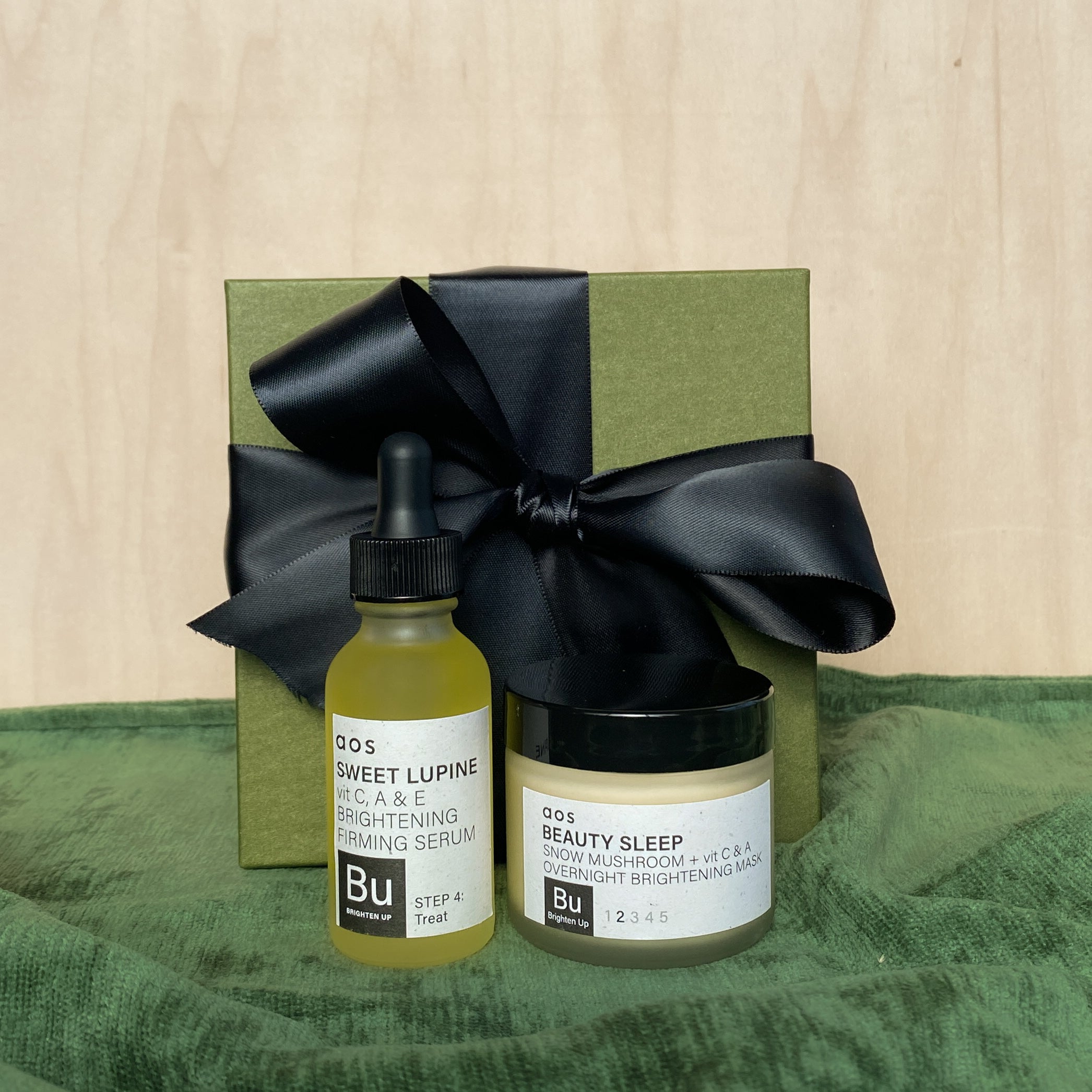

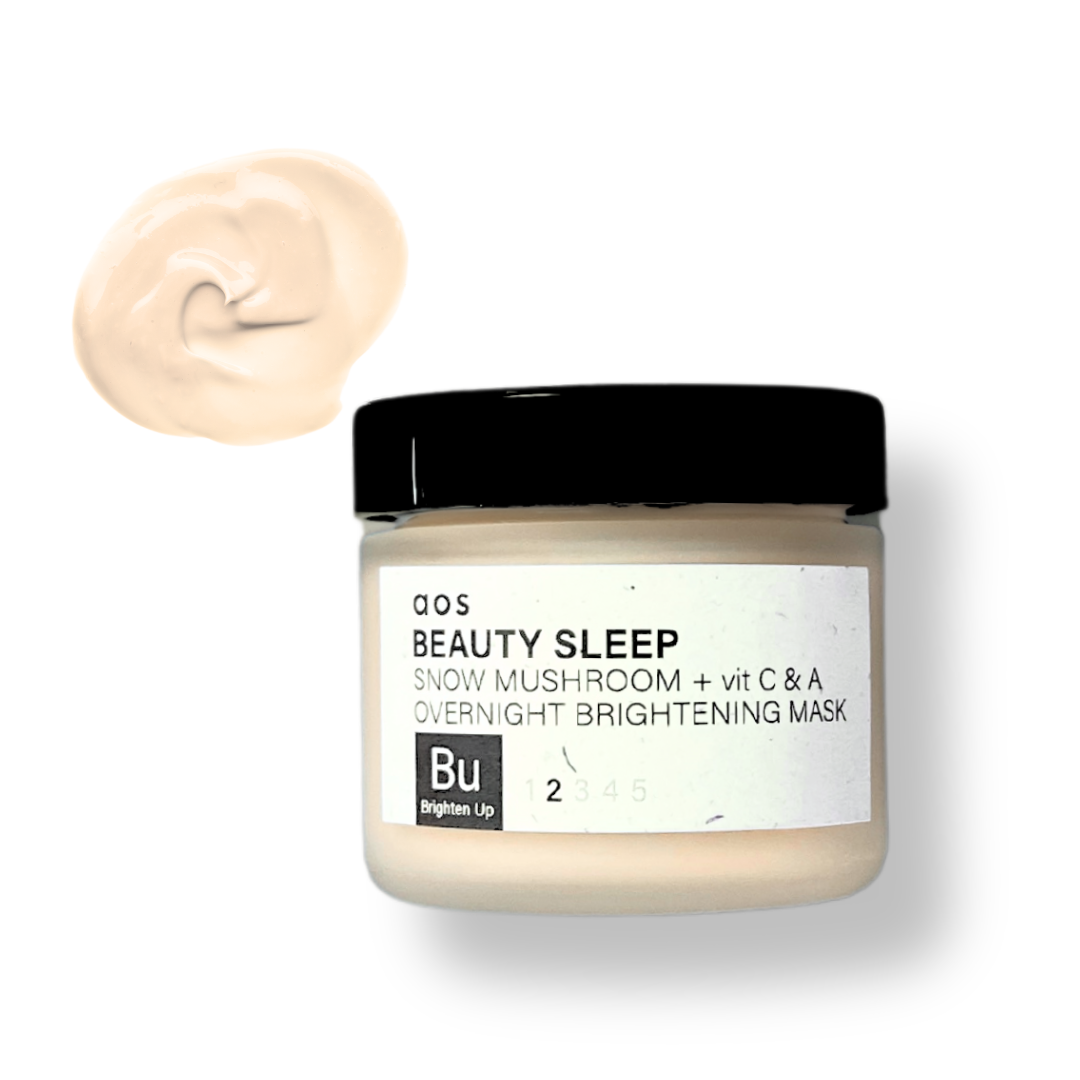

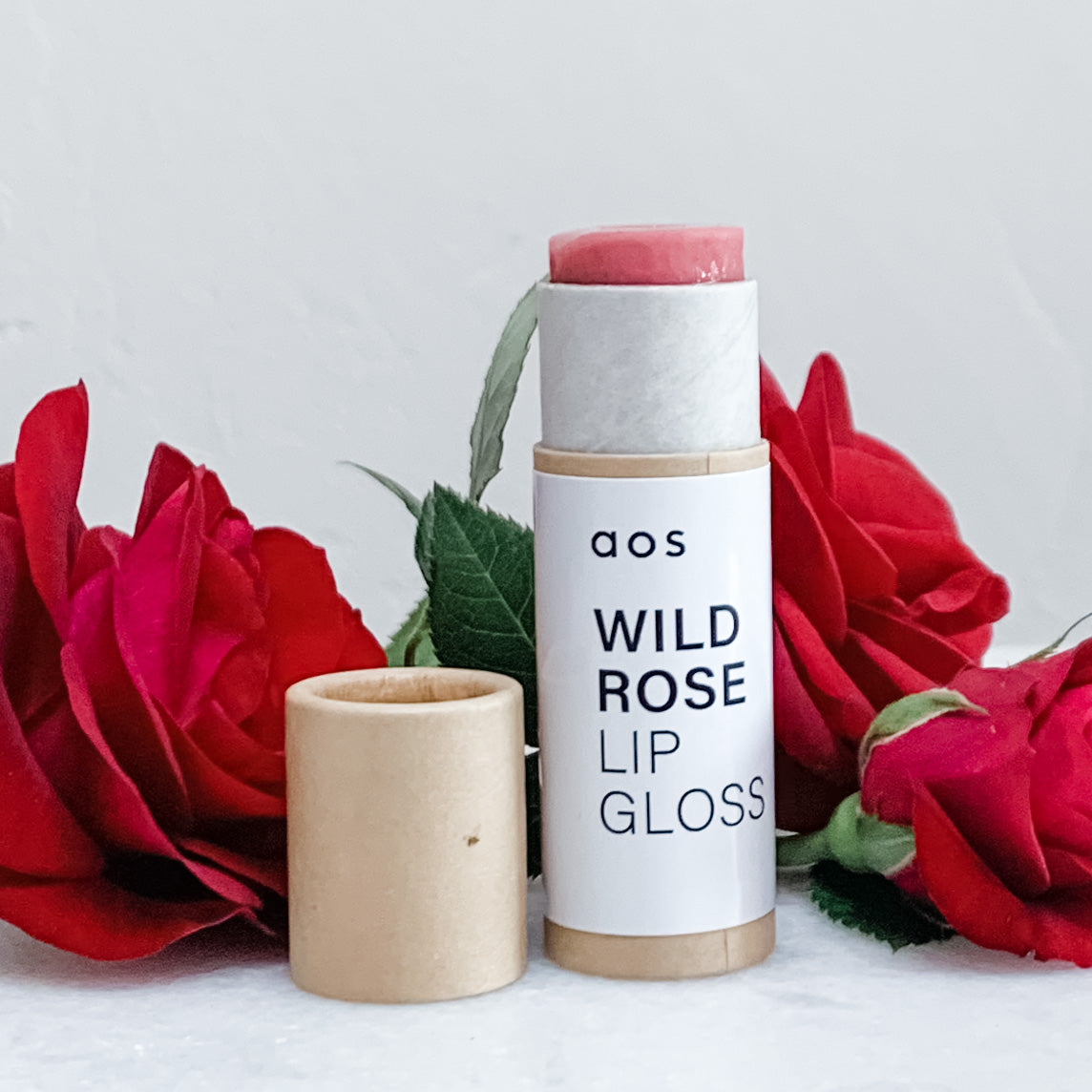
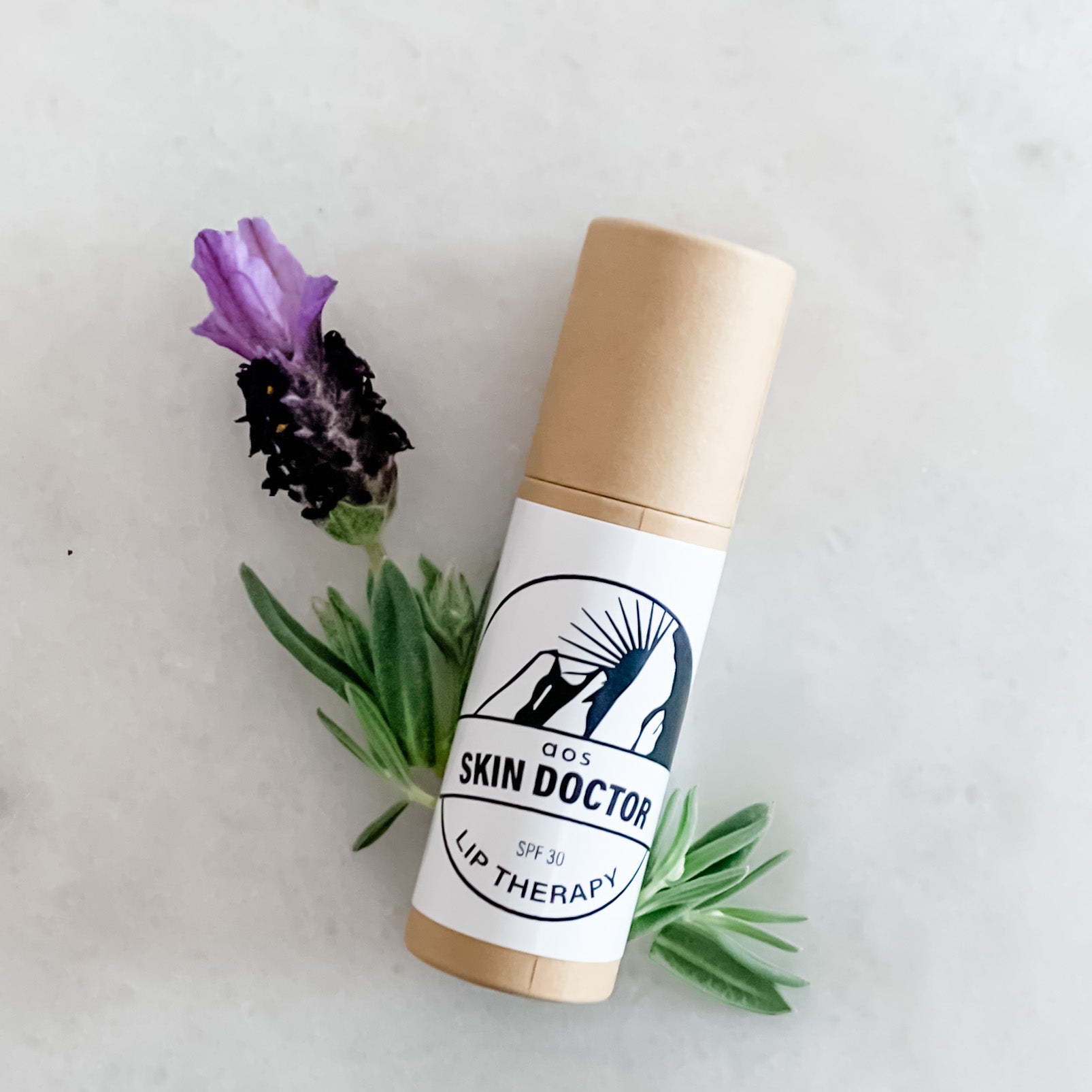

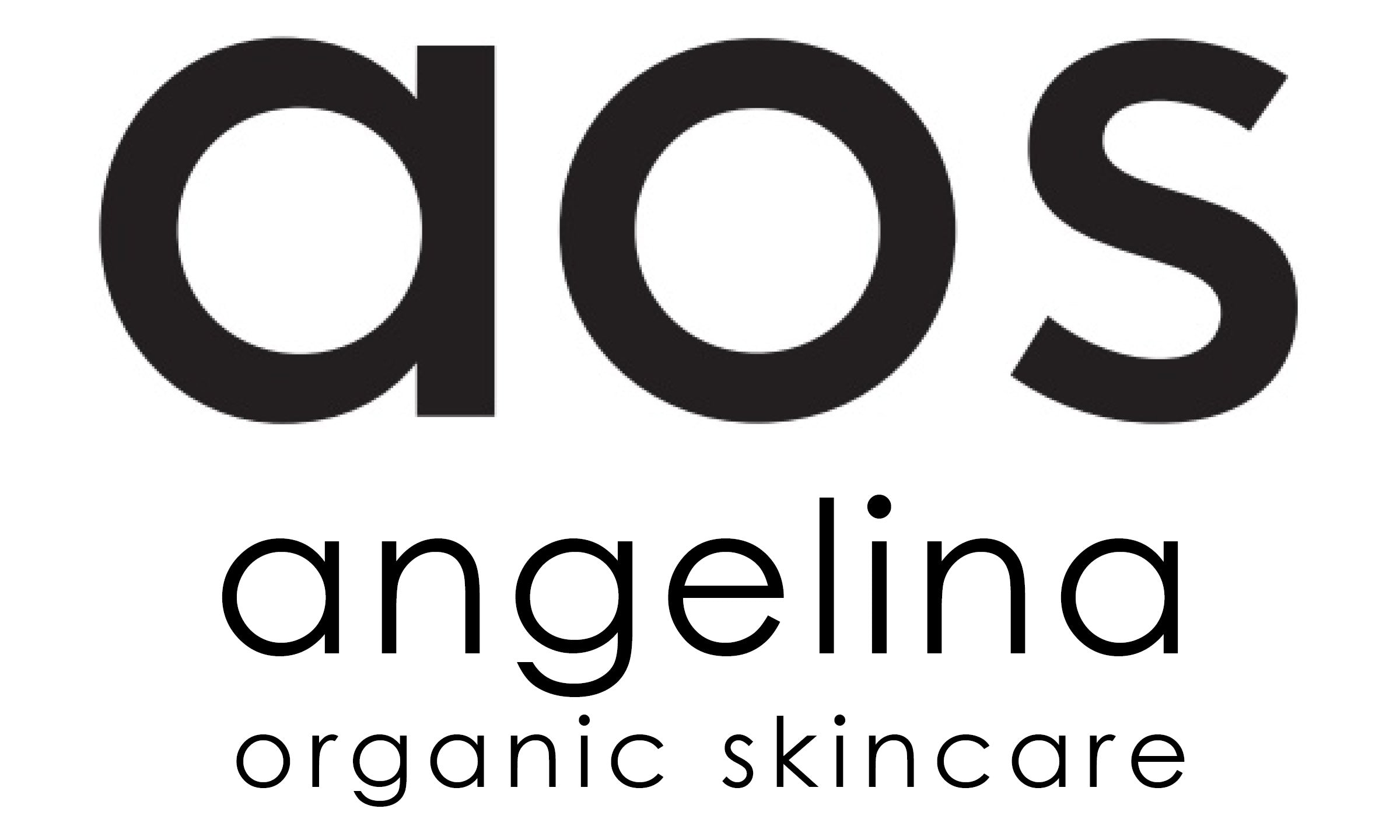
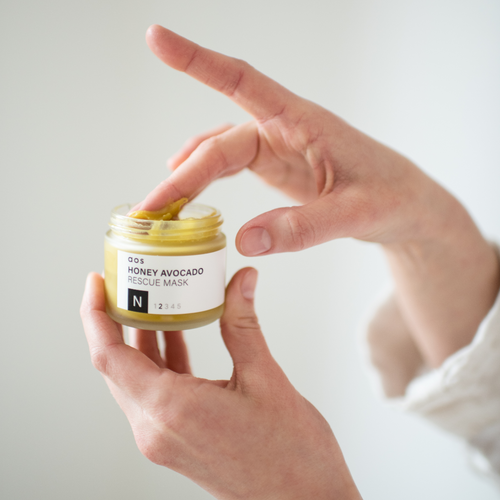









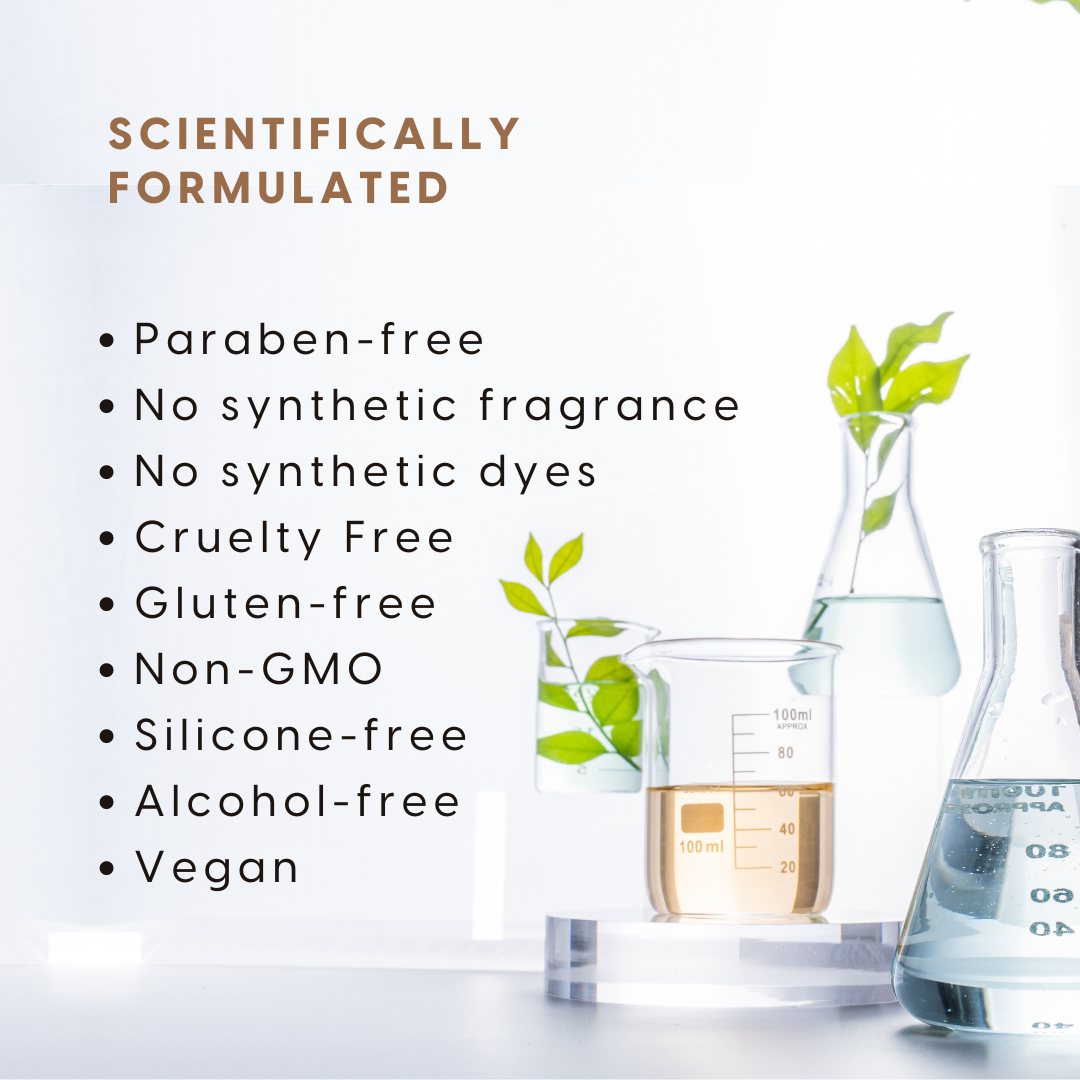
















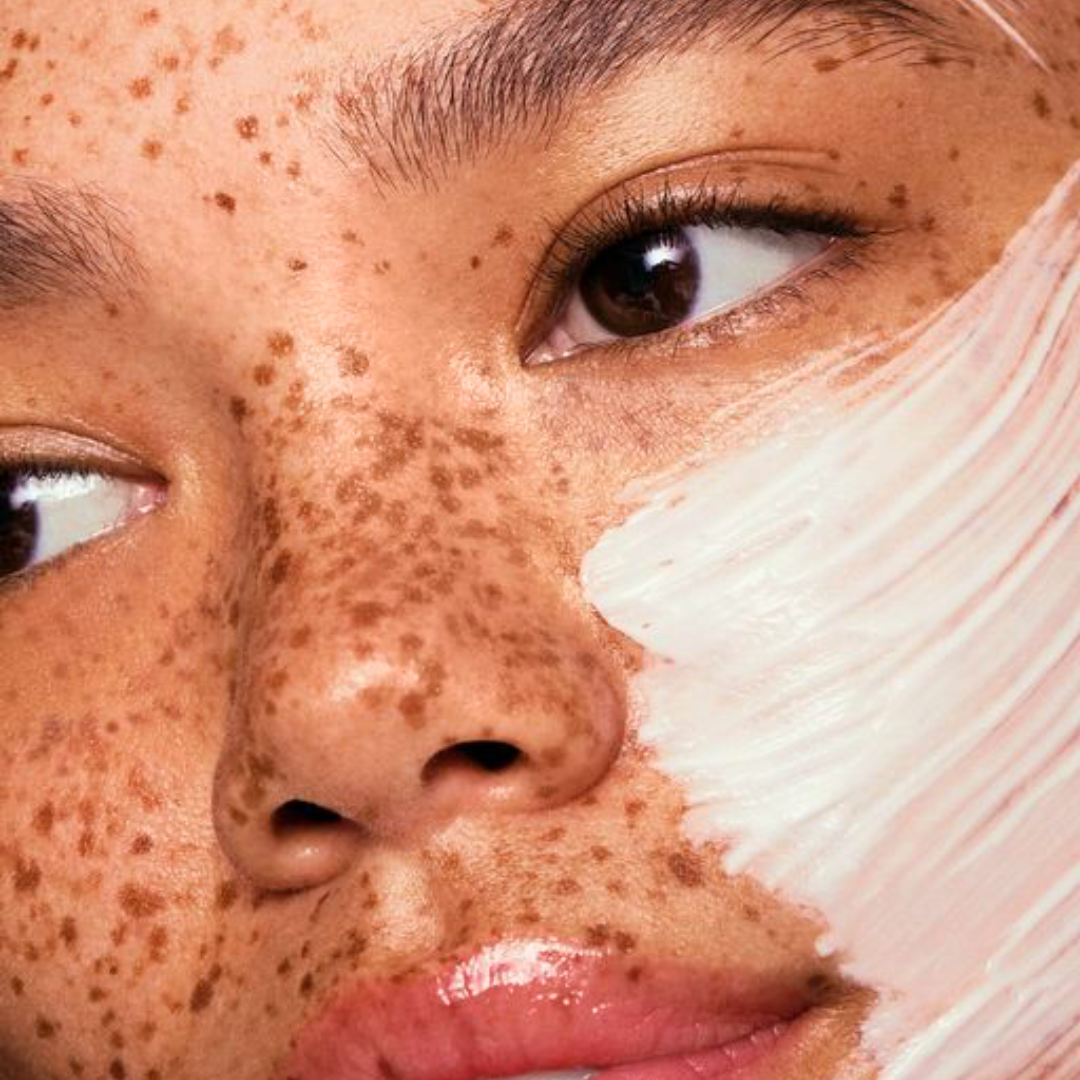

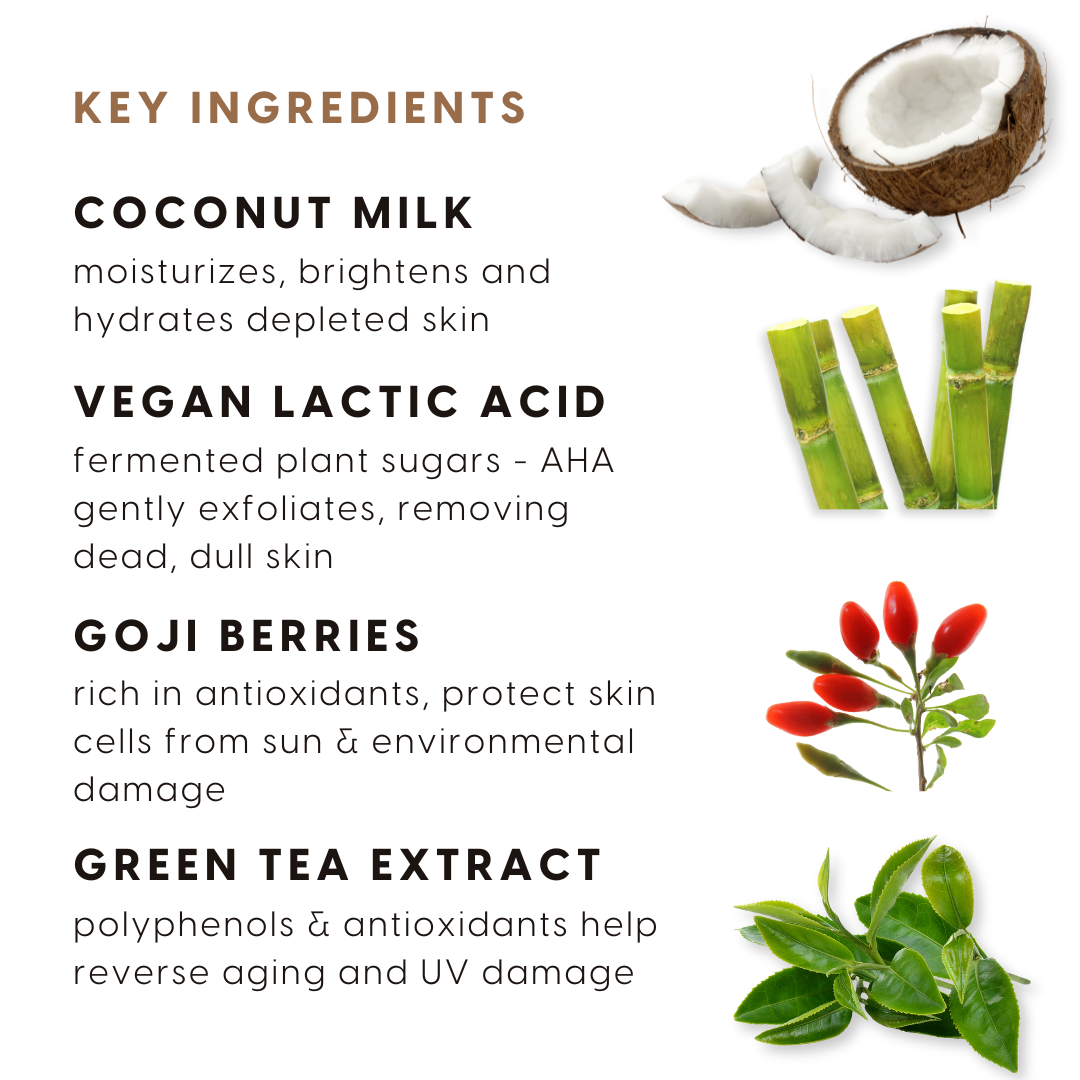

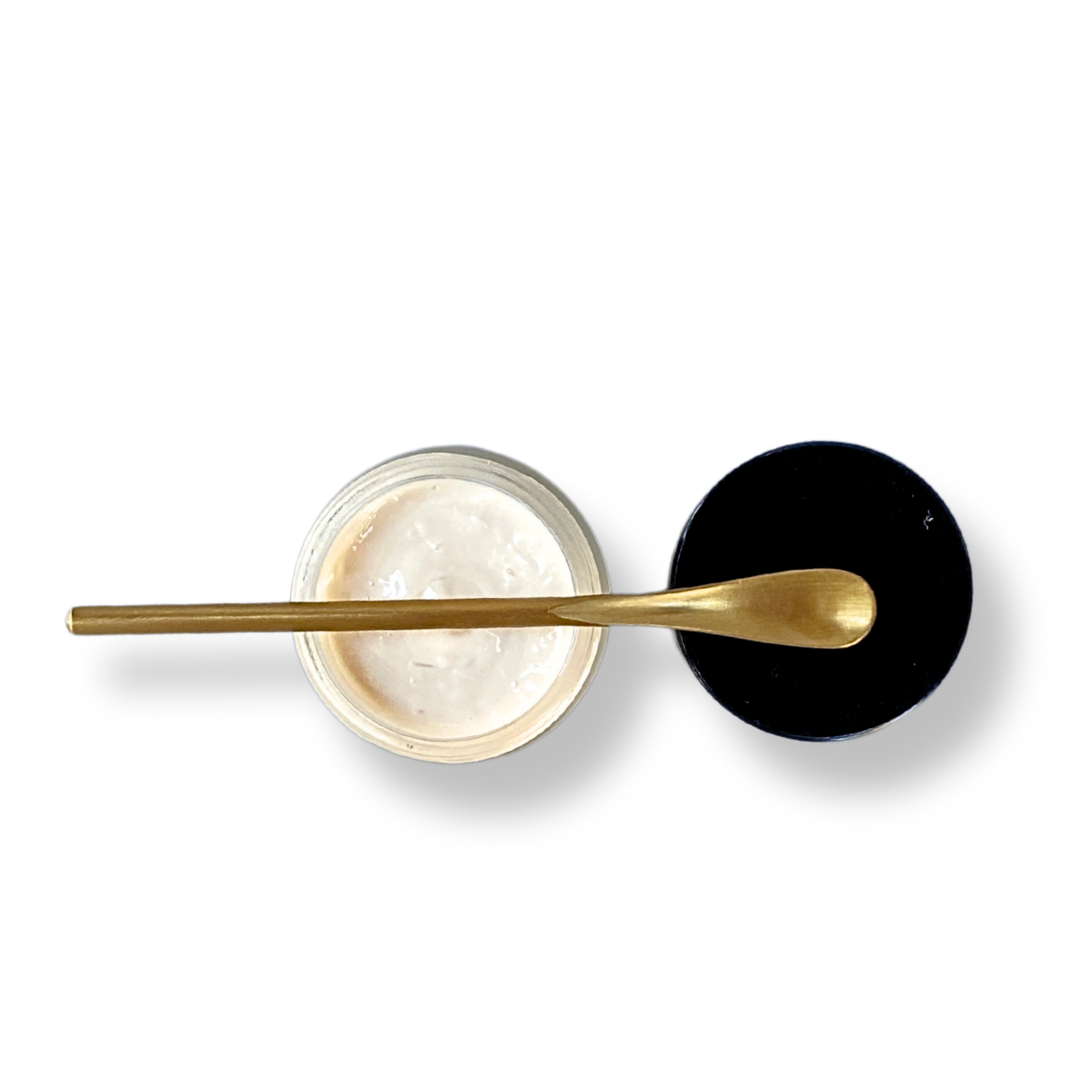
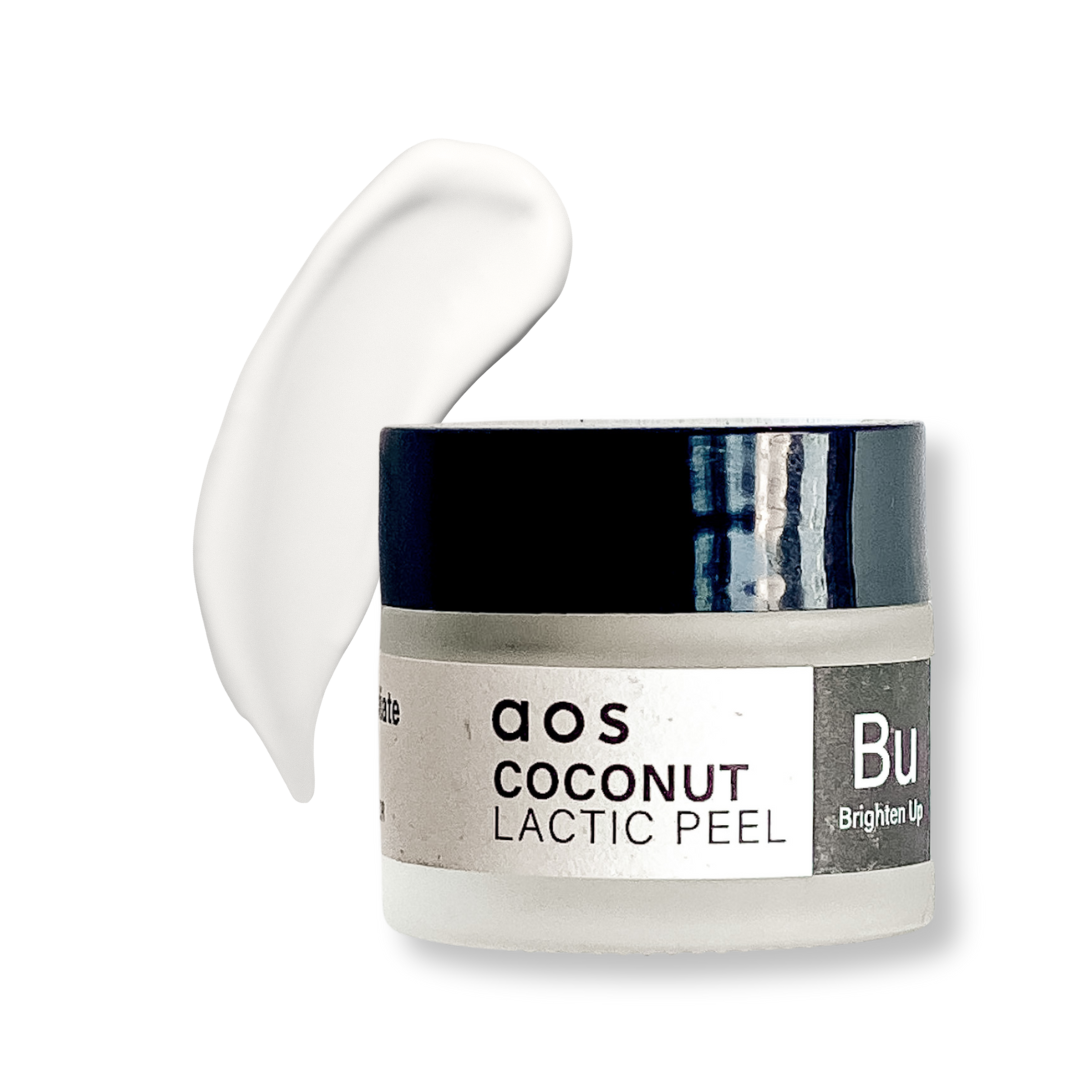








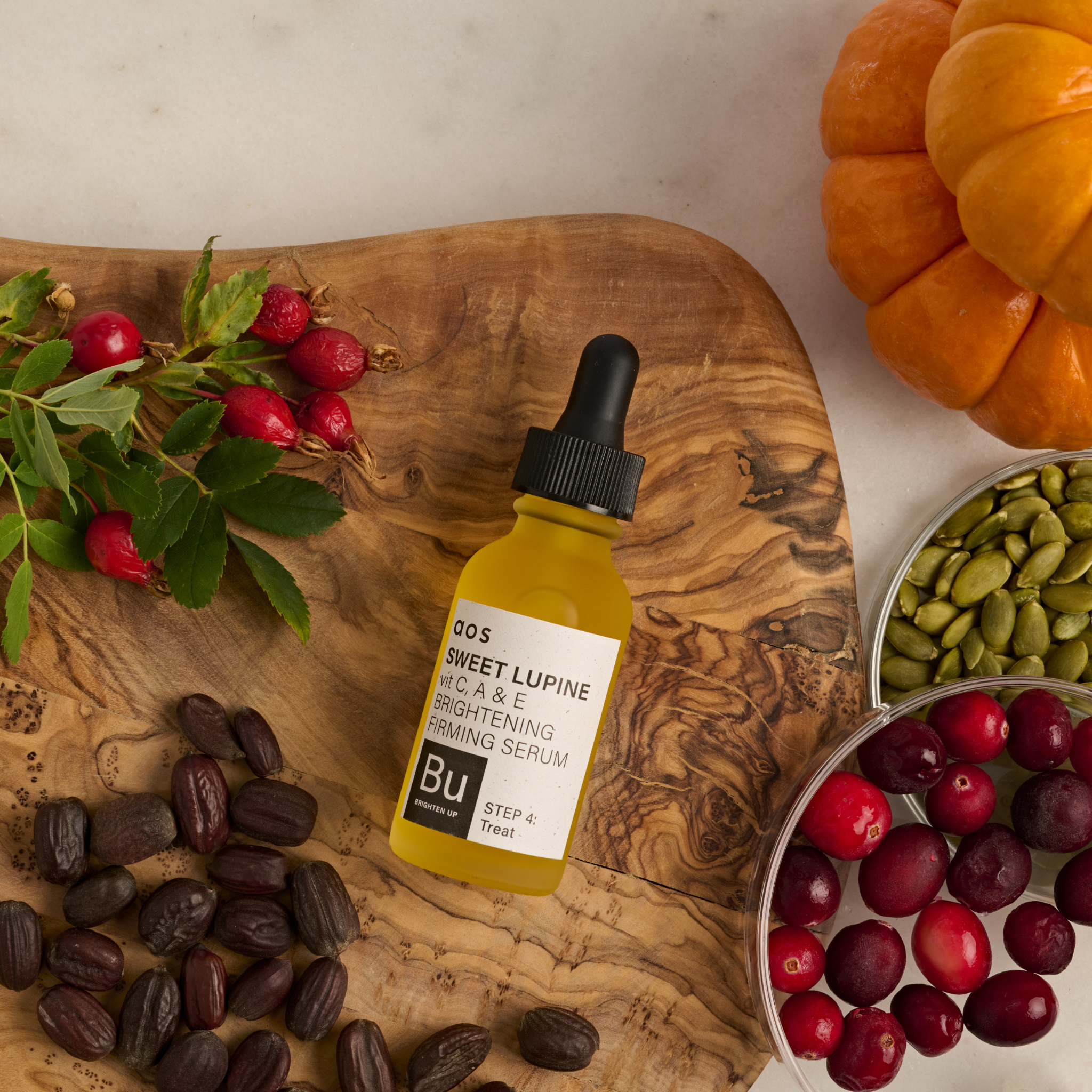

Share and get 15% off!
Simply share this product on one of the following social networks and you will unlock 15% off!